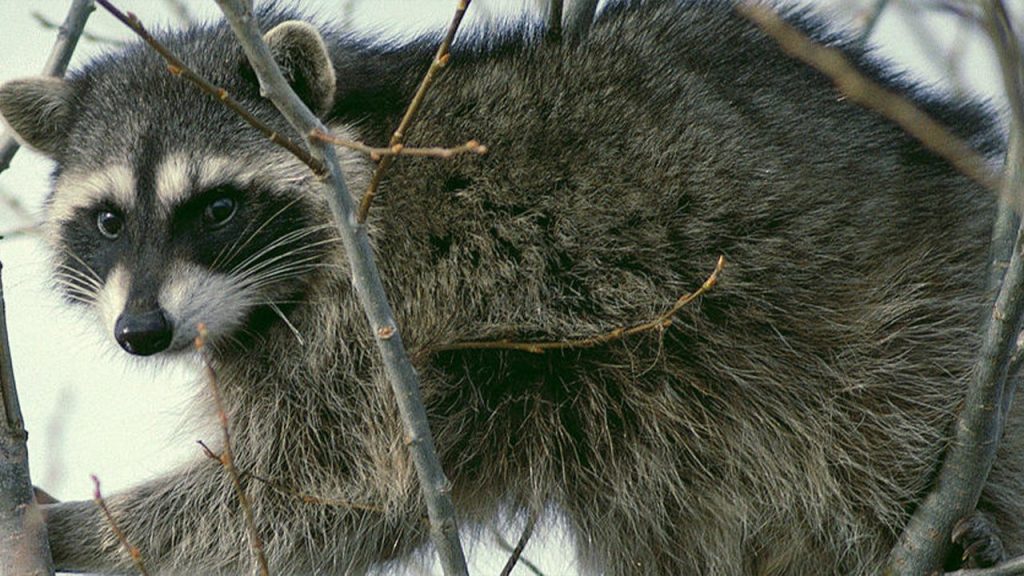In Idaho, a mother found her infant son being attacked by a raccoon that had entered their home. She managed to save her baby by grabbing the animal before calling authorities. The baby was taken to the hospital for injuries and the raccoon was later found and killed by law enforcement. Fortunately, tests for rabies came back negative. Raccoon attacks on humans in Idaho are extremely rare, with only one case of raccoon rabies documented in the state. The Idaho Department of Fish and Game has a Wildlife Human Attack Response Team that works to protect the public in these situations.
The IDFG advised Idahoans to never feed raccoons and to take preventative measures to avoid encounters with them, as they generally avoid humans unless they feel threatened. This includes securing garbage, removing fallen fruit or rotten produce, feeding pets indoors, and sealing off potential raccoon entryways in and around homes. The agency emphasized the importance of limiting food sources to discourage raccoons from coming near residential areas. While raccoons can live in various habitats, ensuring they do not have easy access to water and food can help prevent interactions with them and potential attacks on humans.
The incident in Idaho was considered unusual, as raccoon attacks on humans are not common in the state. The IDFG activated a specialized team to respond to the situation, focusing on locating and controlling the animal involved in the attack to ensure public safety. Raccoons normally steer clear of humans, but when they do pose a threat, it is crucial to take immediate action to prevent harm. The mother’s quick thinking in grabbing the raccoon when it was attacking her son likely prevented more serious injuries, highlighting the importance of being vigilant when it comes to wildlife encounters in residential areas.
Authorities in Idaho were swift in responding to the raccoon attack, ensuring the safety of the infant and other residents. The IDFG conducted tests on the animal’s carcass to rule out rabies as a possible threat. The incident serves as a reminder of the need to be prepared for unexpected encounters with wildlife, especially in areas where raccoons and other animals may venture into homes and urban environments. Taking steps to secure food sources and seal off potential entry points can help reduce the risk of wildlife entering residential properties and engaging in potentially dangerous interactions with humans.
The mother’s bravery in protecting her child from the raccoon attack is commendable, and the swift response from law enforcement and wildlife authorities helped prevent further harm. While raccoon attacks on humans are rare, it is important for residents to be aware of the potential risks and take necessary precautions to prevent encounters with wild animals. By following guidelines provided by the IDFG and other wildlife agencies, homeowners can reduce the likelihood of conflicts with raccoons and other wildlife species, ultimately ensuring the safety of themselves and their families. Awareness and preparedness are key when it comes to living in areas where human-wildlife interactions can occur.













